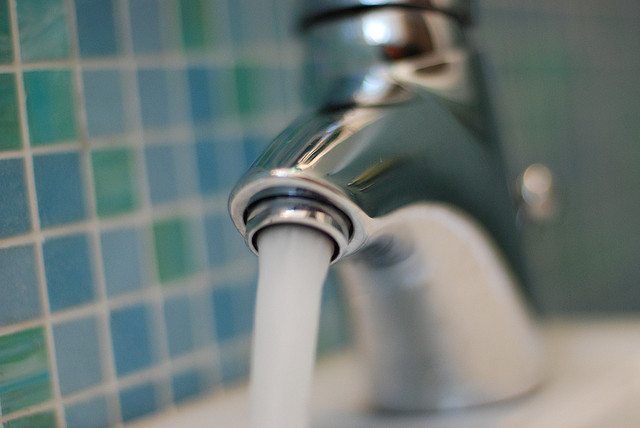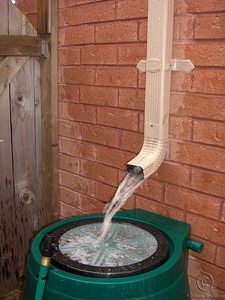It’s no secret that many people are trying to cut down on water consumption to save more water. While you’re probably familiar with shutting off the faucet while you brush your teeth, and showering instead of using the bathtub (which you may do already), there are a few other ways to save water that you may not have thought of before.
5 Ways to Save Water
Small changes can add up quickly when you make them consistently. Try implementing these ways to save and see how just how much you can reduce your water consumption.
Replace Your Showerhead

If you’re like most people, as long as your showerhead is functioning, you probably haven’t given it much thought. If
it’s more than a few years old, however, it’s probably costing you a lot in water usage every time you turn it on.
The previous standard for showerhead usage was about 7 gallons of water per minute (gpm), while some showerheads, like rain heads, use as many as 10 gpm. Newer, energy efficient water-saving showerheads use about 2 gpm, and with newer technology, you’ll never notice a drop in pressure or flow. By switching out your showerhead for a more energy efficient model, you can save hundreds of gallons of water every week.
Replace Your Toilet
You may think your toilet is a water saving model at 1.6 gallons per flush – much better than the previous 6 and 3 gallons per flush used through the 80s and 90s – but newer toilets can get by with a lot less. Toto’s newest UltraMax, for example, uses only 1 gallon per flush – one of most efficient toilets on the market today. Other toilets use 1.28 gallons, which can translate into saving hundreds of gallons of water each year.
Replace Your Faucet
Just like your showerhead, most faucets are now built to use considerably less water without compromising the pressure or flow. While your current faucet is probably using about 2.2 gpm, newer faucets only use 1.5 gpm – a 30 percent reduction that can save thousands of gallons of water each year. To make sure you’re getting a faucet with reduced flow, look for the WaterSense label. Switching to a sensor faucet (that only runs when it detects your hands beneath it) can save you even more.
Use a Rain Barrel
Do you garden or water your landscaping frequently? If so, consider investing in a rain barrel to collect rainwater
that can be used to water your garden and lawn without having to turn on the tap. Rain barrels are hooked up to your home’s gutter system; the rainwater pouring off your roof funnels straight into them. The water isn’t drinkable, but it is suitable for watering lawns and gardens, which can save you a lot over time. Learn more about rainwater harvesting.
Look for Signs of Overwatering
If you water your lawn or garden on a set schedule regardless of the weather, you may be overwatering your plants. Overwatering not only wastes water, it actually harms grass and plants that are getting too much.
Signs of overwatering can look a lot like drought: leaves turn a lighter green or yellow and newer shoots begin to sag and wilt. Some plants may also grow algae or mold around their bases. If you’re watering on a schedule, and you notice your plants turning, consider cutting back on the amount of watering rather than trying to water them more. You may be using too much water without even realizing it. Learn more about efficient watering.
Find More Ways to Save Water around Your Home
Saving water can help you cut down on your water bills while helping the environment. Look for additional ways you can save water around your home and see how much of a difference you can make.
From time to time, Water – Use It Wisely features guest bloggers who write about topics related to water and water conservation. Stefanie Miles writes for Precision Air & Heating, one of the largest plumbing contractors in Arizona. Precision Air & Heating helps people save money on their water and energy bills and has been in business since 1995. Follow Precision on Facebook.



